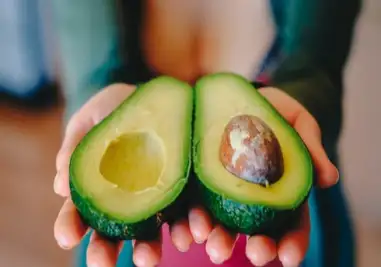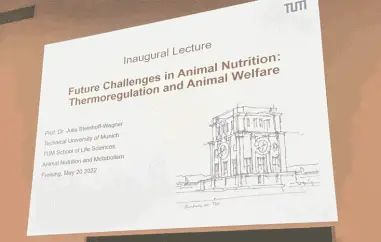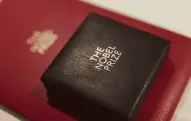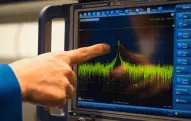Orangutan Demonstrates Self-Medication Using Medicinal Plant for Wound Treatment
 When faced with minor injuries like a cut finger, many of us resort to self-treatment before seeking medical assistance. However, in the dense foliage of the jungle, great apes lack access to conventional medical supplies. Despite this, recent observations suggest that at least some individuals possess knowledge of wound management techniques utilizing natural remedies.
When faced with minor injuries like a cut finger, many of us resort to self-treatment before seeking medical assistance. However, in the dense foliage of the jungle, great apes lack access to conventional medical supplies. Despite this, recent observations suggest that at least some individuals possess knowledge of wound management techniques utilizing natural remedies.
A recent study published in the scientific journal Scientific Reports sheds light on this phenomenon. Biologists from the Max Planck Institute for Behavioral Biology in Konstanz, in collaboration with researchers from the Indonesian Universitas Nasional, recount an intriguing incident where an orangutan in an Indonesian national park exhibited self-medication by treating a facial wound with the anti-inflammatory and pain-relieving properties of a climbing plant.
The incident unfolded when researchers, conducting routine observations at the Suaq Balimbing Research Station, noticed a male orangutan named Rakus with a facial wound, likely sustained during a skirmish with another male, as per Isabelle Laumer, the lead researcher. Three days later, Rakus was observed tearing leaves from a vine, chewing them, and applying the resulting juice to the wound multiple times. Eventually, he covered the wound entirely with the chewed leaves. Remarkably, the wound remained uninfected and healed within five days.
Further analysis revealed that the plant in question was Fibraurea tinctoria, renowned for its pain-relieving and antipyretic properties and utilized in traditional medicine for treating various ailments such as intestinal inflammation, diabetes, and malaria.
This unique behavior, previously undocumented among the 150 orangutans monitored near the research station, is presumed to be an innovation discovered by Rakus himself. Caroline Schuppli, a researcher involved in the study, suggests that Rakus may have inadvertently applied the plant's juice to his wound while consuming it, experiencing immediate pain relief due to its analgesic effects, prompting him to repeat the process.
Rakus's case stands as the first documented instance of wound treatment using medicinal plants among animals. In contrast, other great apes have been observed employing different methods; for instance, a group of chimpanzees in Gabon was reported to engage in a similar practice using crushed insects.
The researchers posit that the ability of great apes to recognize and utilize healing substances suggests an early emergence of medical knowledge in human evolutionary history, extending beyond human beings to our closest relatives in the animal kingdom.









































